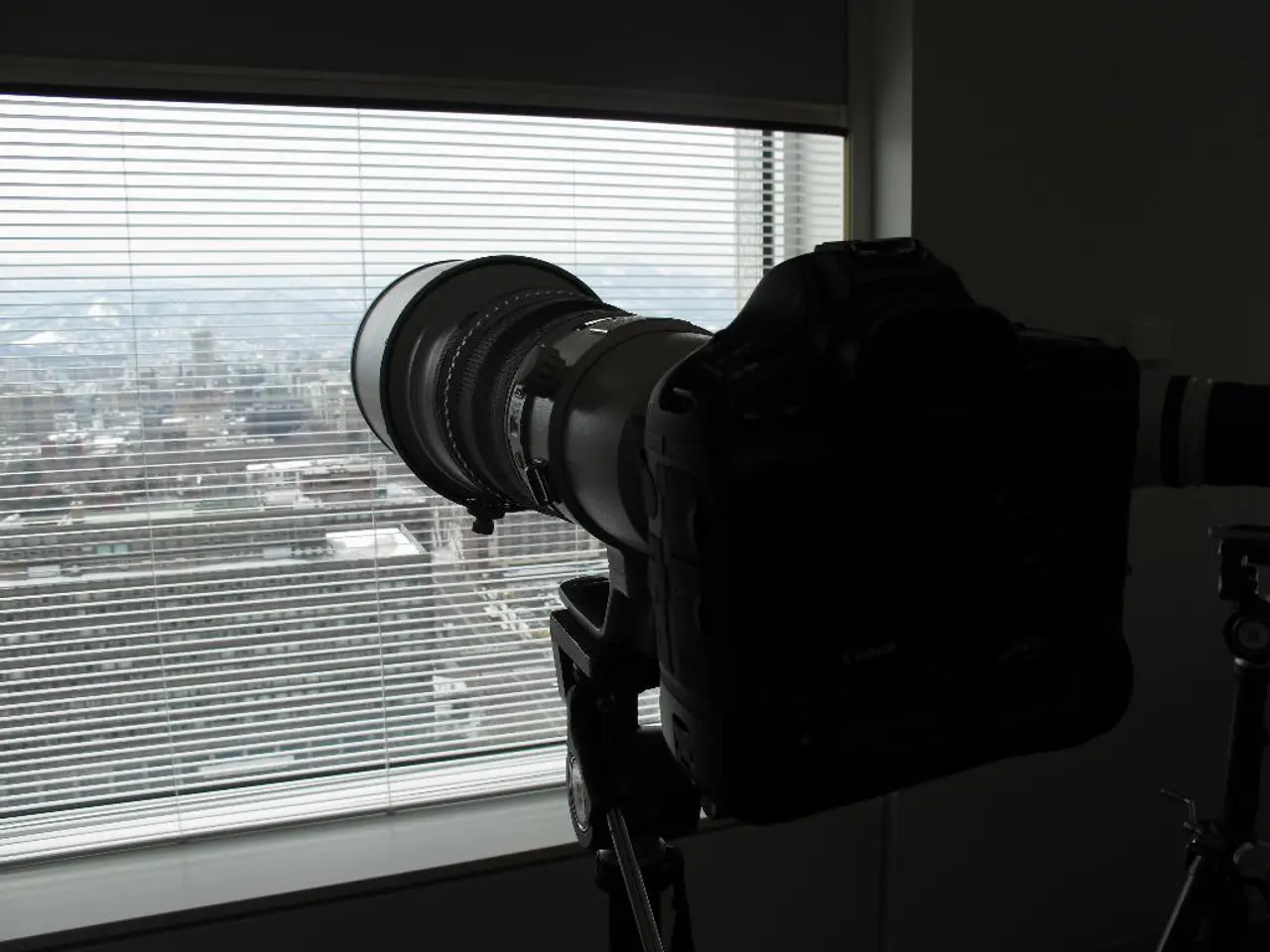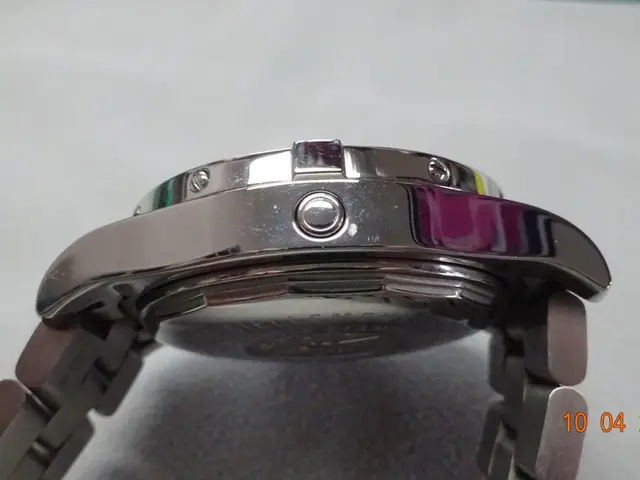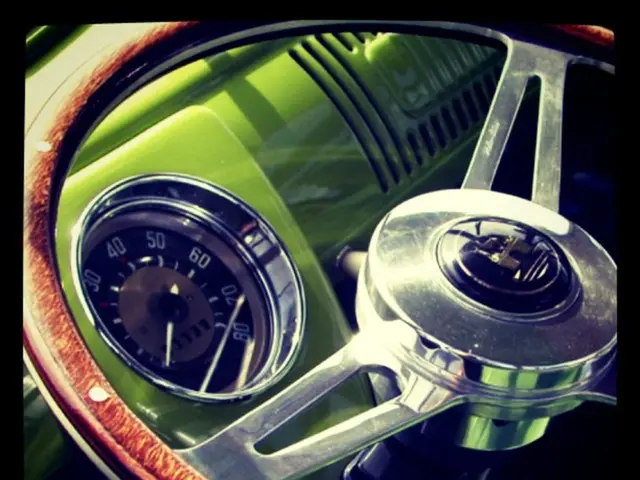Home Security Camera Placement: Insider Tips from the Pros
In today's world, home security is a top priority for many. One effective way to enhance your home's security is by strategically placing security cameras. Here's a guide to help you make the most of your home security camera system.
To ensure effective coverage, avoid blind spots, and maximize security, the recommended priority locations for home security camera placement are:
- Facing or watching all entry points such as the front door, back door, and any other accessible doors[1][3]. This ensures that you can monitor visitors and potential intruders at all times.
- The garage and driveway area is another crucial spot to monitor vehicle access and approach paths[1][3].
- Both sides of the house, especially spots that may be vulnerable or less visible from neighbours or the street, covering possible blind spots[3]. This helps to eliminate areas where an intruder might go unnoticed.
- Backyard, decks, patios, and other outdoor living spaces where unauthorized access could occur[1]. These areas are often overlooked but can be potential entry points for intruders.
- Cameras covering the street or sidewalk in front of the home can help monitor unusual activity or suspicious vehicles approaching[3].
When installing your security cameras, consider the following key points for optimal placement:
- Mount cameras high enough (around 8-10 feet) to avoid tampering or vandalism but not so high that they fail to capture clear facial details[1][4][3].
- Position cameras to avoid glare from sunlight, windows, or streetlights and ensure they are not blocked by objects such as trees or walls[1].
- For outdoor cameras, place them in spots sheltered from harsh weather but accessible enough for maintenance (e.g., battery replacement)[1][5].
- Avoid placing cameras where people have an expectation of privacy, such as bathrooms or bedrooms, to prevent legal issues and respect personal privacy[5].
- If multiple cameras are used, consider the security purpose of each and ensure coverage overlaps to eliminate blind spots around the property[1][2].
Carlos Dhunay, a security expert and owner of home security company Telcam, suggests covering all access points, not just the front door, to act as a deterrent and provide strong evidence[6]. Side gates or alleyways should be covered if they provide access to the rear of the property.
A camera that offers both color and black and white vision modes can provide a clear view at night[7]. Ideally, other parts of your property, such as the garage and shed, should have camera coverage. Security cameras should be tilted to cover the widest possible area of interest, such as the approach to a door or along a garden path.
For optimum security, windows as well as doors on the ground floor should have camera coverage. A good angle for security cameras is slightly downward, avoiding pointing straight down or aiming into the sun.
Battery-operated security cameras with solar panels can keep the camera running for longer[8]. Anthony Neary, the founder and security expert at home and business security retailers Safe.co.uk, warns that glare from lights or reflections can ruin a security camera setup[9]. Security cameras with motion activated lighting can draw more attention to their presence, potentially acting as a deterrent.
In summary, the best approach is a comprehensive, strategic coverage of all possible entry points and vulnerable areas, mounted securely and at the right height to capture clear images while minimizing blind spots and privacy concerns[1][3][5]. With good placement, wide-angle lenses, and possibly multi-camera kits, you can get solid coverage of every vulnerable spot without needing a dozen cameras.
- To boost your home's security, consider placing security cameras at all entry points, including windows on the ground floor, as suggested by security expert Carlos Dhunay.
- While designing your home security system, aim to cover side gates or alleyways that provide access to the rear of the property, not just the front door.
- When selecting a security camera, opt for one that offers both color and black and white vision modes to ensure clear night-time viewing.
- For optimal security, tilt your security cameras slightly downward to cover the widest possible area of interest, avoiding pointing straight down or aiming into the sun.
- To keep battery-operated security cameras running for longer, consider investing in solar panels, as suggested by security expert Anthony Neary.
- Enhance your security camera setup by choosing cameras with motion activated lighting, as these can act as a deterrent and draw more attention to their presence.




